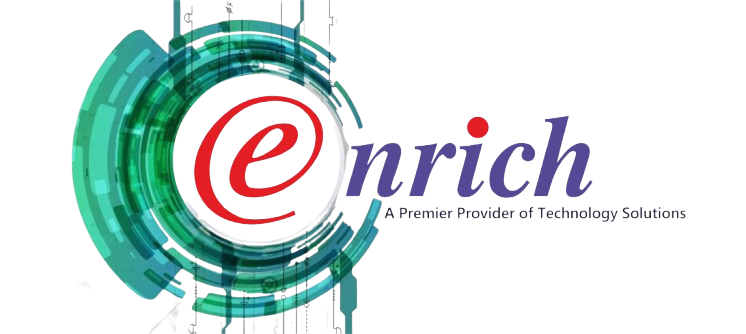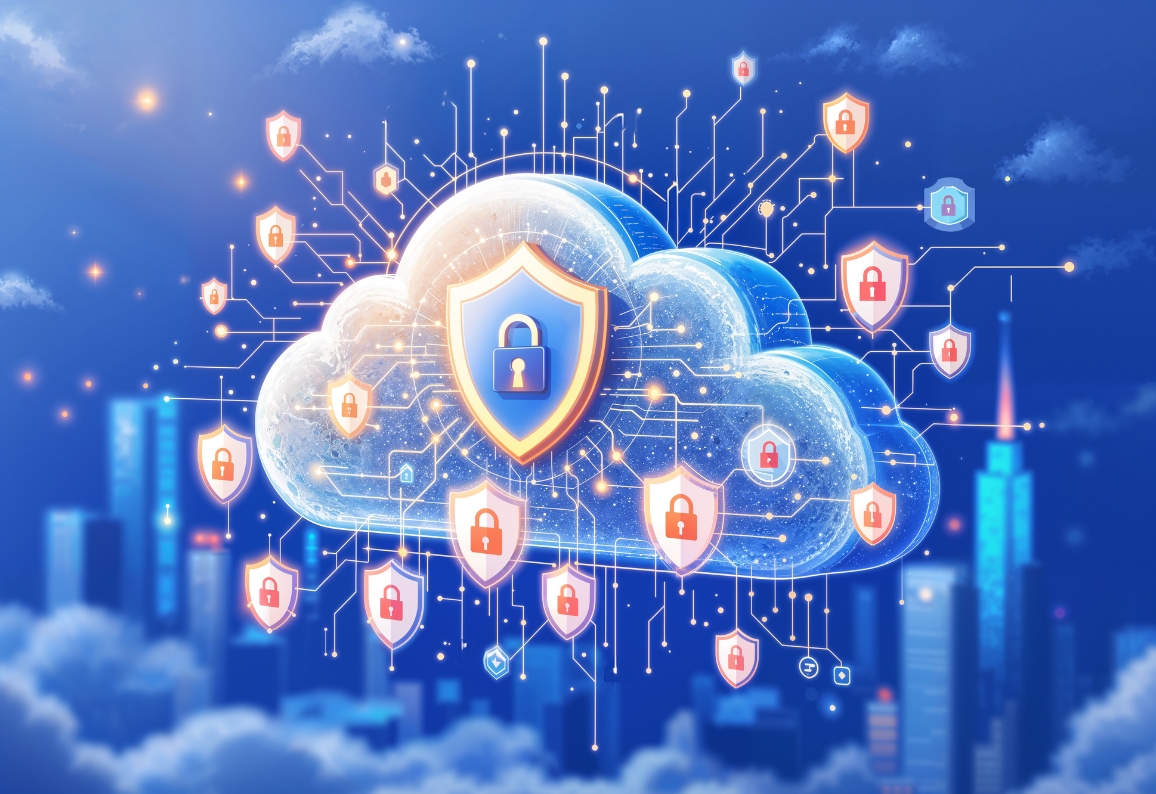Introduction: When “Cloud-First” Meets “Security-Last”
The cloud revolution has completely transformed how businesses operate—but it’s also brought with it an entirely new battleground. With the speed of cloud adoption far outpacing the speed of cloud security adaptation, many Chief Information Security Officers (CISOs) are left asking a critical question: Is our cloud truly secure?
It’s not a rhetorical query. As we move towards multi-cloud and hybrid environments, traditional security tools and mindsets fall short. What worked on-prem doesn’t necessarily scale—or protect—in the cloud. This is where Cloud Security Posture Management (CSPM) enters the picture. CSPM is no longer optional; it’s foundational.
This blog explores what CSPM is, why it matters, and how CISOs can lead with confidence in the face of complex cloud risks.
1. What Is Cloud Security Posture Management (CSPM)?
Cloud Security Posture Management (CSPM) is a framework, set of tools, and methodology designed to continuously monitor cloud environments to detect and fix security misconfigurations and compliance issues.
CSPM does three key things:
-
Identifies misconfigurations (like open S3 buckets or misassigned IAM roles)
-
Continuously assesses risk across accounts, services, and workloads
-
Enforces best practices for cloud governance, compliance, and security
Think of CSPM as your real-time cloud security radar—mapping the vulnerabilities before attackers do.
2. Why Traditional Security Tools Fall Short in the Cloud
CISOs often attempt to bolt on legacy security frameworks to modern cloud setups. But cloud infrastructure is dynamic. It changes fast, scales horizontally, and spans multiple regions and service providers.
Here’s why old tools don’t work:
-
No perimeter: The cloud blurs the traditional boundaries. There’s no “edge” to protect.
-
Complex configurations: Cloud security is mostly about “how” services are set up, not just “what” services are used.
-
Shadow IT and sprawl: Teams can spin up instances in seconds, often without central oversight.
-
Lack of visibility: Multi-cloud environments make it hard to see where risks lie without specialized tools.
CSPM is designed for the cloud security era—it brings visibility, automation, and continuous improvement together in one integrated approach.
3. Common Cloud Security Misconfigurations (That You Probably Have Right Now)
Even the most secure-looking cloud environments have hidden vulnerabilities. Misconfigurations are one of the top causes of cloud breaches.
Common culprits include:
-
Publicly exposed storage buckets
-
Overly permissive IAM policies
-
Unencrypted data at rest or in transit
-
Open management ports (SSH/RDP)
-
Lack of multi-factor authentication (MFA)
-
Default credentials or forgotten access keys
-
Disabled logging or monitoring
CSPM continuously scans for these issues and provides prioritized alerts and auto-remediation.
4. The Role of a CISO in CSPM Strategy
CSPM isn’t just a tool—it’s a mindset shift, and CISOs must lead that cultural and operational change.
The CISO must:
-
Define cloud security baselines across business units
-
Select the right CSPM solutions aligned with the organization’s needs
-
Establish cross-functional workflows between security, DevOps, and compliance teams
-
Foster accountability and ensure every developer knows they share responsibility for security
-
Embed security into CI/CD pipelines (shift-left approach)
It’s not about being the gatekeeper. It’s about being the enabler—giving teams the freedom to innovate with guardrails.
5. CSPM in Action: Real-World Breaches That Could Have Been Avoided
Let’s not speak in hypotheticals. Here are a few examples where lack of proper posture management led to real consequences.
-
Capital One (2019): A misconfigured web application firewall allowed an attacker to access over 100 million customer accounts hosted in AWS.
-
Accenture (2021): Left multiple cloud storage buckets unprotected, leaking sensitive information about internal operations.
-
US Department of Defense (2023): An exposed Azure Blob led to the leakage of internal training documents—due to a single misconfiguration.
In all cases, a CSPM solution would’ve flagged the issue—before it became front-page news.
6. What to Look for in a CSPM Solution
With dozens of CSPM tools on the market, how do you choose the right one?
Key features to prioritize:
-
Multi-cloud support (AWS, Azure, GCP, OCI, etc.)
-
Real-time visibility and alerts
-
Auto-remediation capabilities
-
Compliance mapping (ISO, PCI-DSS, HIPAA, etc.)
-
Risk prioritization dashboards
-
Integration with services like SIEM, SOAR, and DevOps tools
-
Asset inventory and tagging
-
User behavior monitoring and anomaly detection
You don’t need a tool with bells and whistles. You need one that speaks your language—security.
7. Building a Strong Cloud Security Posture: Step-by-Step
-
Asset Discovery
Map every service, region, and account. If you can’t see it, you can’t secure it. -
Risk Baseline
Evaluate current misconfigurations, exposure, and compliance gaps. -
Define Policies
Establish benchmarks for secure configurations, access control, and logging. -
Remediation Playbooks
Build automation for fixing issues without manual intervention. -
Continuous Monitoring
Track changes in real time. The cloud doesn’t wait, so your tools shouldn’t either. -
Educate and Empower Teams
Your teams working on routing, switching, and network security need to understand how their actions affect overall posture.
8. Integrating CSPM with Broader Cybersecurity Strategy
CSPM doesn’t exist in a vacuum. It’s one pillar in your overall defense architecture.
Combine it with:
-
SIEM for centralized log collection and threat correlation
-
SOAR for automated incident response
-
XDR to unify endpoint, application security, and network security
-
IAM governance to ensure least privilege access
-
Zero Trust to verify everything, every time
At EDSPL, we help businesses integrate these layers seamlessly through our managed and maintenance services, ensuring that posture management is part of a living, breathing cyber resilience strategy.
9. The Compliance Angle: CSPM as a Compliance Enabler
Cloud compliance is a moving target. Regulators demand proof that your cloud isn’t just configured—but configured correctly.
CSPM helps you:
-
Map controls to frameworks like NIST, CIS Benchmarks, SOC 2, PCI, GDPR
-
Generate real-time compliance reports
-
Maintain an audit-ready posture across systems such as compute, storage, and backup
10. Beyond Technology: The Human Side of Posture Management
Cloud security posture isn’t just about tech stacks—it’s about people and processes.
-
Cultural change is key. Teams must stop seeing security as “someone else’s job.”
-
DevSecOps must be real, not just a buzzword. Embed security in sprint planning, code review, and deployment.
-
Blameless retrospectives should be standard when posture gaps are found.
If your people don’t understand why posture matters, your cloud security tools won’t matter either.
11. Questions Every CISO Should Be Asking Right Now
-
Do we know our full cloud inventory—spanning mobility, data center switching, and compute nodes?
-
Are we alerted in real-time when misconfigurations happen?
-
Can we prove our compliance posture at any moment?
-
Is our cloud posture improving month-over-month?
If the answer is “no” to even one of these, CSPM needs to be on your 90-day action plan.
12. EDSPL’s Perspective: Securing the Cloud, One Posture at a Time
At EDSPL, we’ve worked with startups, mid-market leaders, and global enterprises to build bulletproof cloud environments.
Our expertise includes:
-
Baseline cloud audits and configuration reviews
-
24/7 monitoring and managed CSPM services
-
Custom security policy development
-
Remediation-as-a-Service (RaaS)
-
Network security, application security, and full-stack cloud protection
Our background vision is simple: empower organizations with scalable, secure, and smart digital infrastructure.
Conclusion: Posture Isn’t Optional Anymore
As a CISO, your mission is to secure the business and enable growth. Without clear visibility into your cloud environment, that mission becomes risky at best, impossible at worst.
CSPM transforms reactive defense into proactive confidence. It closes the loop between visibility, detection, and response—at cloud speed.
So, the next time someone asks, “Is our cloud secure?” — you’ll have more than a guess. You’ll have proof.
Secure Your Cloud with EDSPL Today
Call: +91-9873117177
Email: sales@edspl.net
Reach Us | Get In Touch
Web: www.edspl.net


